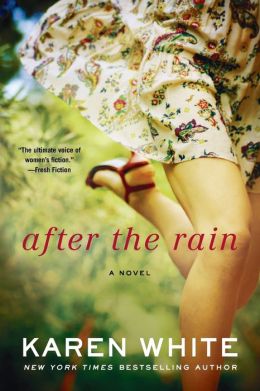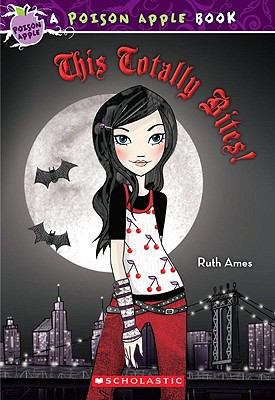
Despite her recurring nightmare of darkness and red eyes, Em tackles her homework and navigates the preteen world with a sense of self unlike most 12-year-old girls. She’s got her small network of friends, but really only one strong girlfriend, Gabby, while her other two friends tend to waver at the first sign of peer pressure. In many ways, this dynamic group resembles the truth of school-age kids. Ames has created a believable world, and even the supernatural elements are believable as the girls research the truth of the matter. It’s great to see Em come out of her shell, voice her opinion, and become a peer that others can look up to, even when she’s hoping to fade into the background.
There are school girl crushes, bickering, and boy gossip, but what makes Ames’ story memorable is the character of Em, who demonstrates a mature ability to think logically about her situation and at the same time remain vulnerable and stubborn when it comes to arguing her point with her friends. This Totally Bites! by Ruth Ames is a fun story that younger girls will enjoy and learn about how to be themselves in a world that thrives on peer pressure and fitting in.
About the Author:
Ruth Ames is the author of This Totally Bites, one of the inaugural spine-tingling Poison Apple books. She has written several best-selling young adult novels under another name. Ruth loved reading spooky stories as a child. She now lives in Manhattan.
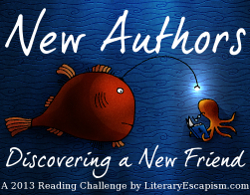
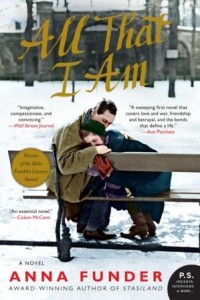


 About the Author:
About the Author:

 About the Author:
About the Author: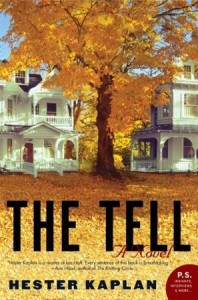
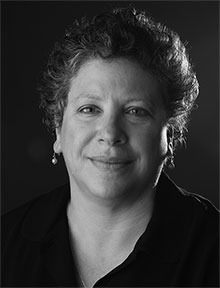 About the Author:
About the Author: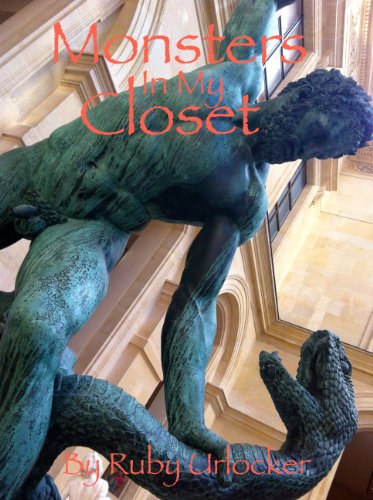
 About the Author:
About the Author:
